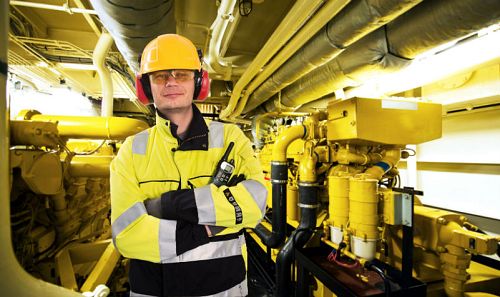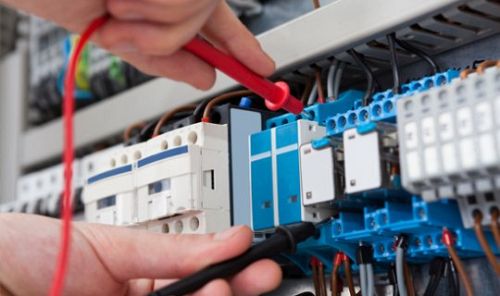CPCS - A09 Forward Tipping Dumper (Novice Course)
Duration: 3 Days
Max Delegates: 4
Overview
The CPCS A09 course aims to provide the candidate with a thorough practical and theory training in operating a Forward Tipping Dumper to enable the candidate to pass the CPCS Theory and Practical Tests.
Through a combination of targeted training and experience, an individual with the forward tipping dumper will be able to:
- Describe the nature of the sector of industry and their role and responsibilities as a plant operator.
- Name and explain the purpose of principle components, the basic construction, controls and terminology.
- Confirm with Manufacturer’s requirements as per the operator’s handbook, other types of information source and the relevant regulations and legislation.
- Undertake all pre-use checks.
- Configure and ready for travel (site and highway).
- Travel over rough, undulating ground, steep inclines and level surfaces – loaded and unloaded.
- Manoeuvre in confined spaces whilst carrying loads.
- Ensure the suitability of the tipping and loading area.
- Explain actions required for hazards, underground and overhead services.
- Position to receive loads.
- Comply with loading procedures.
- Ensure Loading integrity and security.
- Transfer loads to different locations.
- Discharge loads into trenches and over edges.
- Maintain safe and tidy working areas.
- Carry out shut down and securing procedures.
- Explain loading and unloading procedures for machine transporting.
Download PDF
Other Training Sectors
 Rail
Rail
- COSS Initial incl OLP/CRP (Incl PTS & DCCR Recert) - 8 Days
- COSS Recert OLP/CRP (Inc PTS AC / DCCR Recert ) Not Inc PC
- MC/CC 360 Excavator with Attachment Groups 1, 3, 4 and 6 - 8 days
- Raising & Removing Speed Restrictions (TR12 - Track Handback Engineer) - Initial
- OLEC 1: Access Overhead Lines Construction Sites - Session 1
- Book Now





